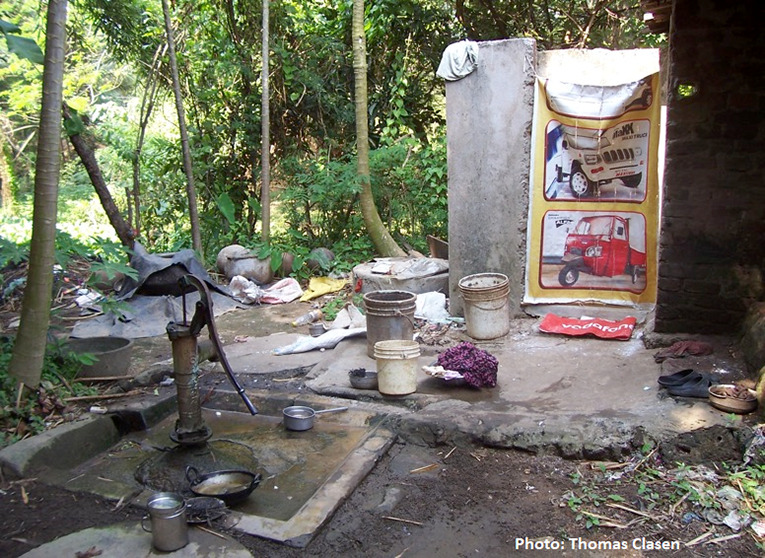- Record: found
- Abstract: found
- Article: not found
Measuring Environmental Exposure to Enteric Pathogens in Low-Income Settings: Review and Recommendations of an Interdisciplinary Working Group

Read this article at
Abstract

Infections with enteric pathogens impose a heavy disease burden, especially among young children in low-income countries. Recent findings from randomized controlled trials of water, sanitation, and hygiene interventions have raised questions about current methods for assessing environmental exposure to enteric pathogens. Approaches for estimating sources and doses of exposure suffer from a number of shortcomings, including reliance on imperfect indicators of fecal contamination instead of actual pathogens and estimating exposure indirectly from imprecise measurements of pathogens in the environment and human interaction therewith. These shortcomings limit the potential for effective surveillance of exposures, identification of important sources and modes of transmission, and evaluation of the effectiveness of interventions. In this review, we summarize current and emerging approaches used to characterize enteric pathogen hazards in different environmental media as well as human interaction with those media (external measures of exposure), and review methods that measure human infection with enteric pathogens as a proxy for past exposure (internal measures of exposure). We draw from lessons learned in other areas of environmental health to highlight how external and internal measures of exposure can be used to more comprehensively assess exposure. We conclude by recommending strategies for advancing enteric pathogen exposure assessments.
Related collections
Most cited references173
- Record: found
- Abstract: found
- Article: not found
First confirmed detection of SARS-CoV-2 in untreated wastewater in Australia: A proof of concept for the wastewater surveillance of COVID-19 in the community

- Record: found
- Abstract: found
- Article: found
Global monitoring of antimicrobial resistance based on metagenomics analyses of urban sewage
- Record: found
- Abstract: found
- Article: not found
